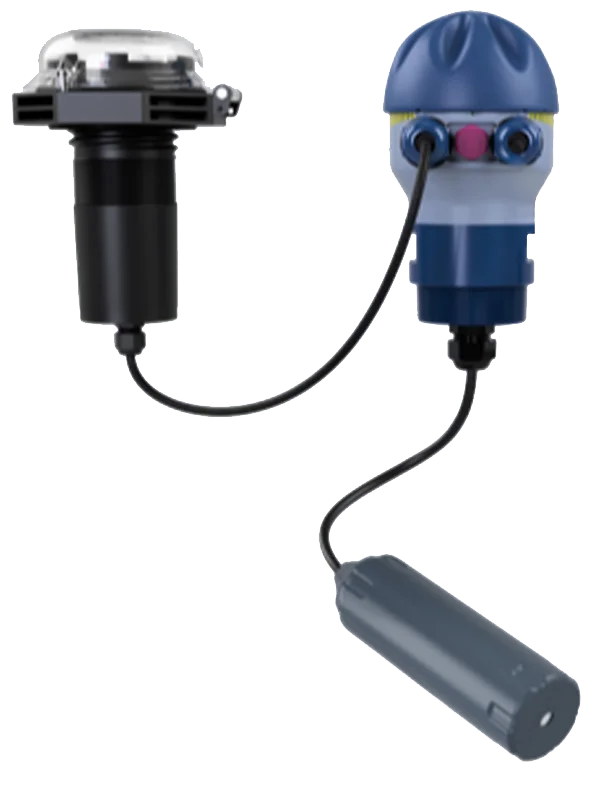Simple Chemical Level Sensor Installation

Installing a chemical level sensor in a chemical tank is a process that requires careful planning and attention to detail. The first step is to prepare the tank by cleaning it thoroughly and ensuring that it is free of any debris or foreign materials. The tank should also be inspected for leaks or damage that may need to be repaired before the sensor is installed.
The next step is to choose the appropriate sensor for the specific type of chemical and tank environment. Different sensors are designed to work with different chemicals and in different environments. Submersible chemical level sensors are a good choice for bulk chemicals, as they can be fully submerged in the liquid without damage. These sensors are typically made of PVC, PP, PVDF, or stainless steel.
Once the appropriate sensor has been chosen, it needs to be mounted in the tank. This may involve drilling holes in the tank or attaching the sensor to an existing fitting. The sensor should be placed at the correct height and level to ensure accurate readings. The choice of materials of the chemical level sensor also plays an important role in the installation process. For example, sensors made of PVC or PP are easy to install because they are lightweight, while sensors made of PVDF or stainless steel may require more specialized equipment for installation.
After the sensor is mounted, it will need to be wired to a local or remote controller, which will interpret the sensor’s output signal. The sensor will also need to be calibrated to ensure that it is providing accurate readings. This may involve adjusting the sensitivity of the sensor or making other adjustments as necessary. The sensor will need a power supply and signal output, the most common output is 4-20mA signal. The signal output from the sensor is then connected to the local or remote controller, which can be used to monitor and control the level of the chemical in the tank.
Finally, the sensor should be tested to ensure that it is providing accurate readings, and regular maintenance should be performed to keep the sensor in good working order. This may involve cleaning the sensor and checking for any damage or wear. It’s important to follow the manufacturer’s instructions and guidelines during the installation and maintenance process to ensure that the sensor is functioning properly and providing accurate and reliable readings.
Learn more about chemical level sensors
Please contact us to discuss your application


